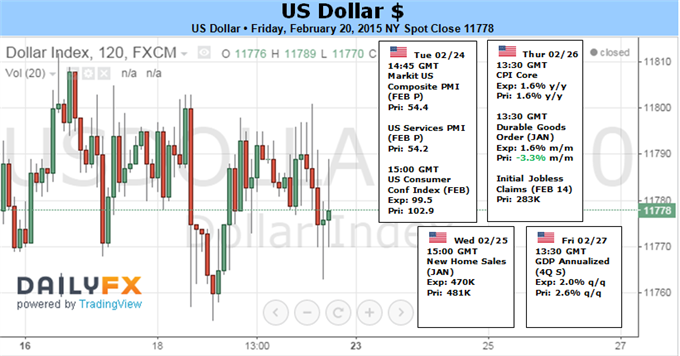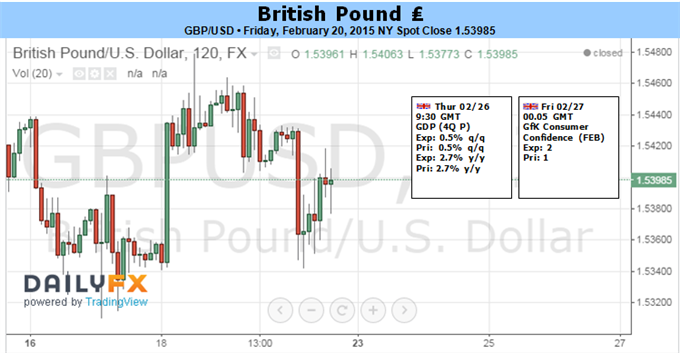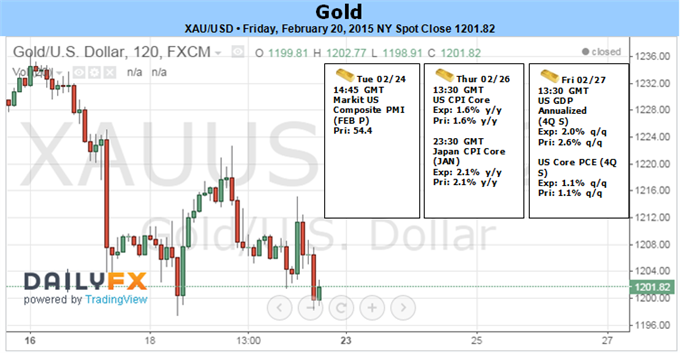EUR/USD slips lower ahead of E.Z. data, Greece weighs
The euro slipped lower against the U.S. dollar on Friday, as markets awaited the release of euro zone manufacturing and service sector data due later in the day and as concerns over last ditch negociations over Greece's debt weighed.
EUR/USD hit 1.1341 during late Asian trade, the pair's lowest since February 18; the pair subsequently consolidated at 1.1345, slipping 0.18%.
The pair was likely to find support at 1.1277, the low of February 11 and resistance at 1.1449, the high of February 17.
the source


 LinkBack URL
LinkBack URL About LinkBacks
About LinkBacks





 Reply With Quote
Reply With Quote




Bookmarks